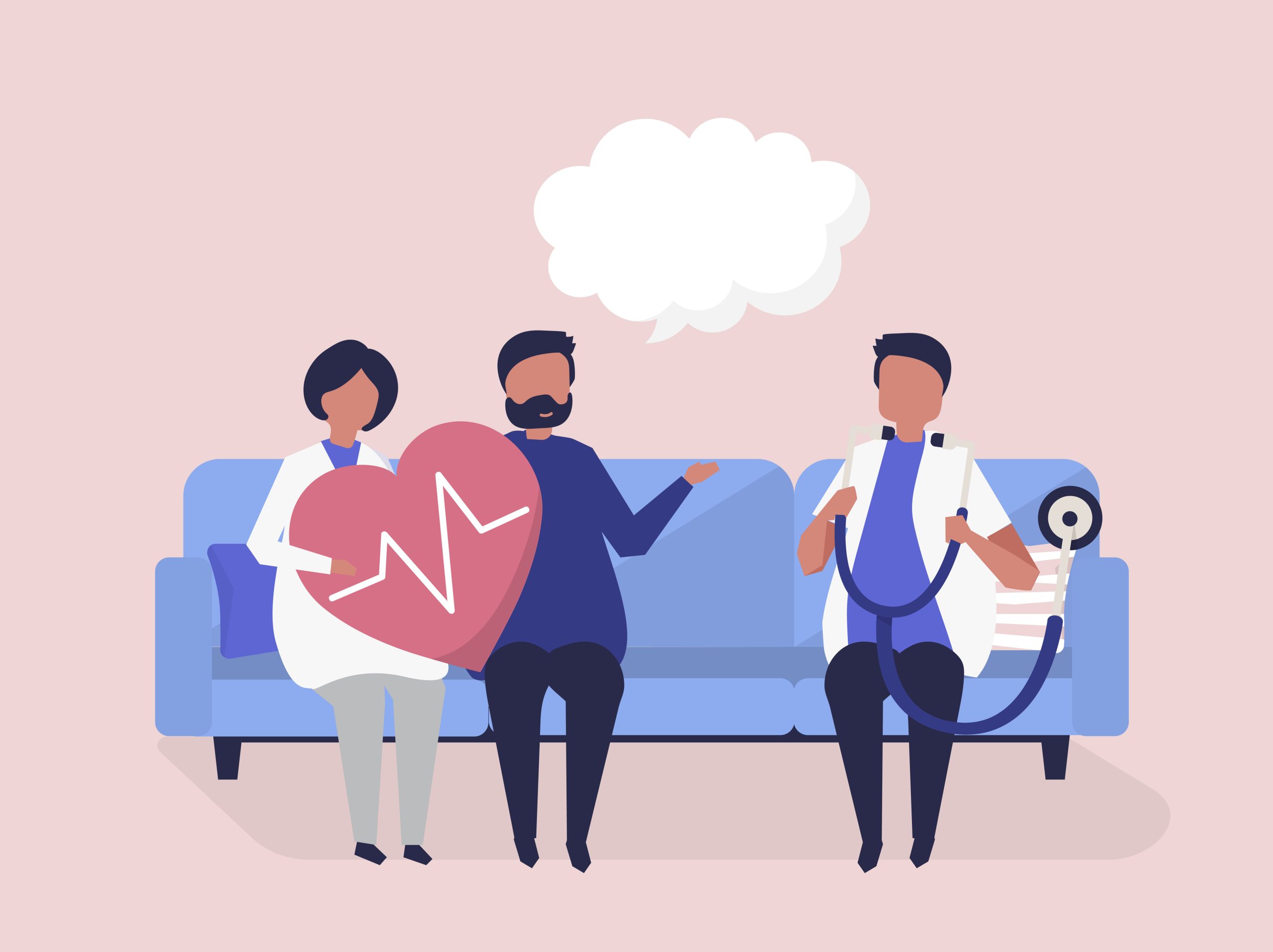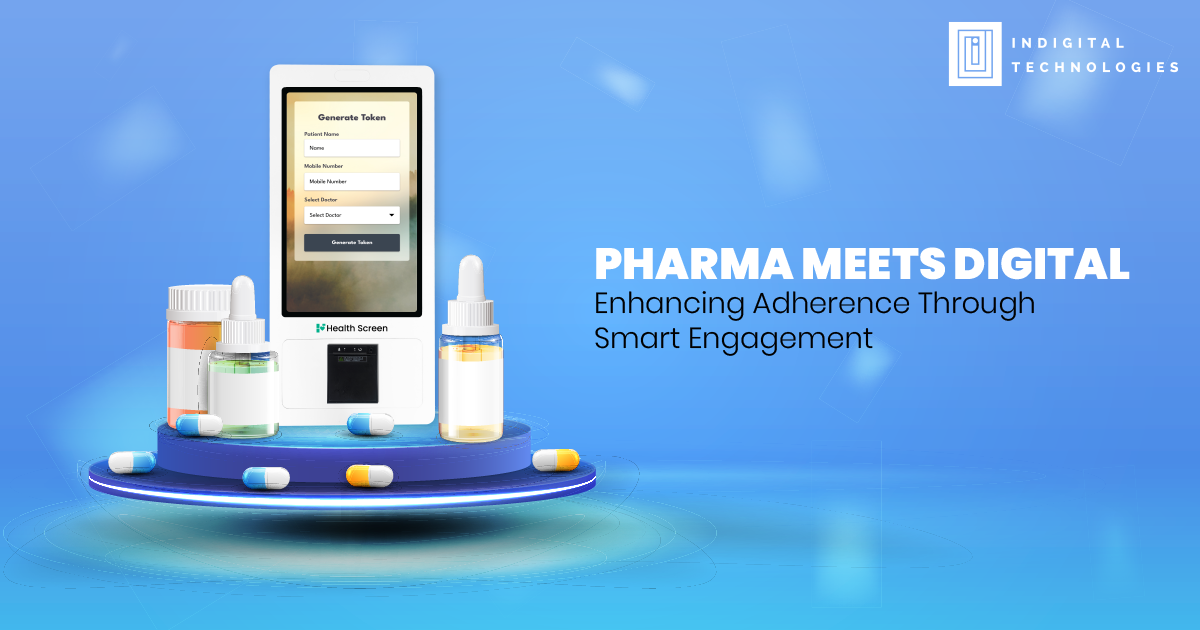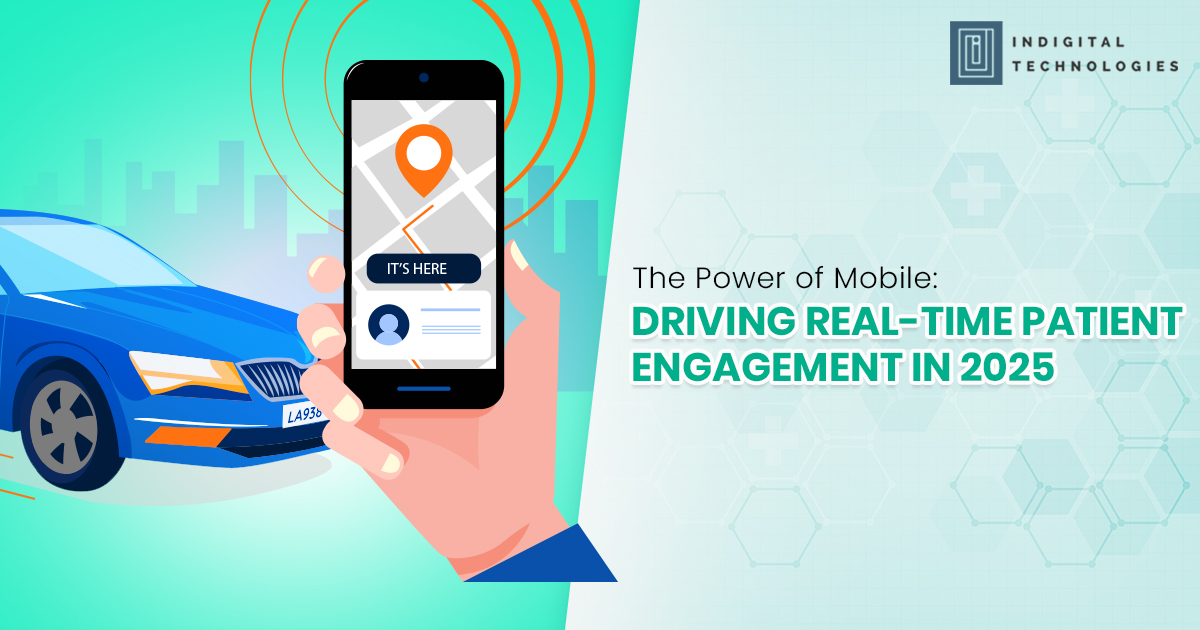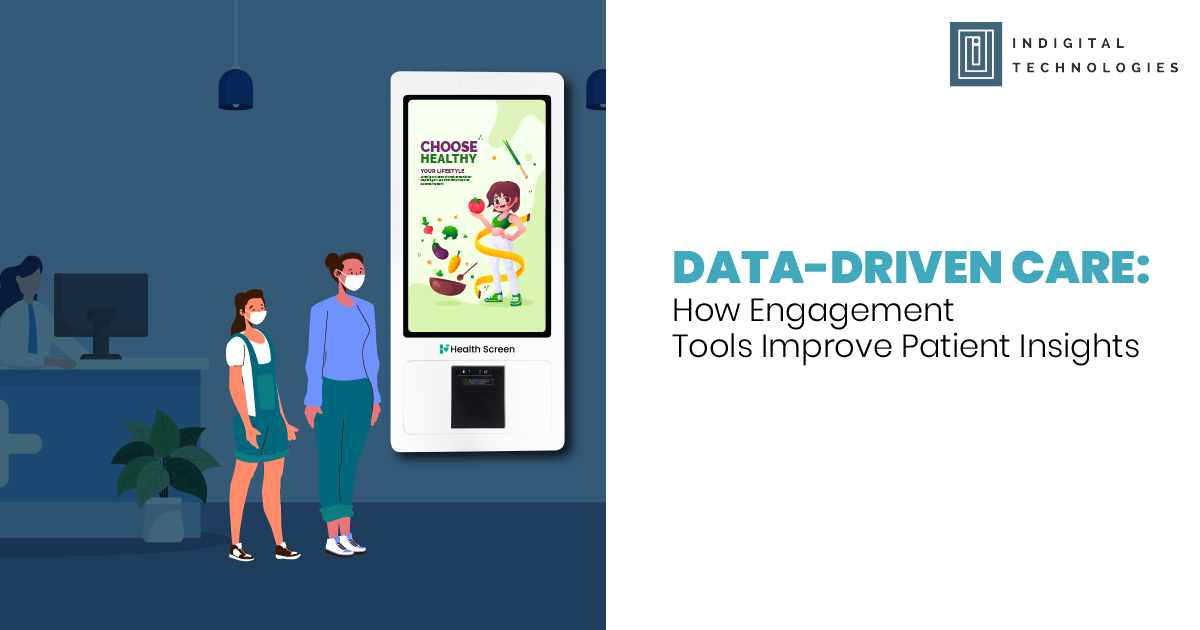Indian healthcare has made great strides in the last decade — better infrastructure, more trained professionals, and wider access to diagnostic tools. But one aspect still lags behind in many clinics, especially in OPD (Outpatient Department) settings: patient satisfaction.
Patients today don’t just seek clinical treatment; they expect professionalism, punctuality, communication, and a sense of care throughout their journey. Their experience starts at the reception and continues through consultation, billing, follow-up, and beyond.
In a world where almost every service is becoming digital and efficient — from banking to food delivery — patients now demand similar experiences from their healthcare providers.
This is where smart technology and automation step in to enhance patient satisfaction and make clinics more patient-centric.
What Patients Really Want
Before we explore the role of technology, it’s important to understand what Indian patients truly value when visiting a clinic:
- Reduced waiting time
- Clear communication
- Respect for appointments
- Easy access to information
- Continuity of care
- A calm and organized environment
These expectations go beyond medical treatment — they are about how care is delivered. Unfortunately, many clinics fall short in these areas due to outdated processes, staff overload, and lack of tools.
Smart clinic technologies are designed specifically to bridge these gaps.
Streamlined Patient Check-In
First impressions matter. The check-in process often sets the tone for the entire patient experience. Long lines, confusion over time slots, or lost appointment slips can frustrate even the most patient individuals.
With smart technology, clinics can offer digital check-ins — via kiosk screens, QR codes, or mobile apps. Patients can register themselves, confirm their appointment, and receive a digital queue number — all without depending on reception staff.
This automation reduces crowding at the front desk, speeds up the registration process, and creates a smoother start to the visit.
Intelligent Queue Management
Waiting without knowing how long it will take is one of the most stressful parts of any clinic visit. Traditional token systems don’t offer real-time updates, and verbal announcements often get missed in a noisy waiting room.
An intelligent queue management system eliminates this confusion. Patients can see live updates on digital displays showing who’s being served, who’s next, and how much estimated time remains. Notifications on phones or waiting area monitors keep everyone informed.
By managing patient flow more predictably, clinics show patients that their time is valued — which is one of the strongest drivers of satisfaction.
Organized and Accessible Medical Records
Patients frequently visit clinics with the same complaint: “My old reports are missing,” or “The doctor asked me to get this again because the file is lost.” This is more common than it should be.
Digital record-keeping systems ensure that every prescription, diagnostic result, and treatment note is stored securely and retrieved instantly when needed. Whether the patient visits after one week or one year, their history is intact and accessible.
This reduces repetition, improves consultation quality, and builds confidence in the system — all contributing to higher satisfaction levels.
Personalized Communication That Builds Trust
Patients often feel disconnected after a clinic visit. They forget instructions, miss follow-up dates, or don’t know what to do next. Manual reminders are inconsistent and time-consuming.
Smart automation tools send automated, personalized messages — follow-up reminders, medication alerts, health tips, or even appointment confirmations. These messages can be sent via SMS, email, or WhatsApp, depending on patient preference.
This small gesture makes a big difference. Patients feel remembered, guided, and cared for. It turns a one-time interaction into an ongoing relationship — improving satisfaction and retention.
Multilingual Support for Better Understanding
India’s diversity in language can sometimes lead to miscommunication in clinics. Not all patients are comfortable reading prescriptions in English or understanding verbal explanations in Hindi.
Smart clinic solutions now come with multilingual capabilities. Prescription instructions, appointment reminders, and educational content can be delivered in regional languages — Gujarati, Tamil, Bengali, Marathi, Kannada, and more.
This improves clarity, boosts compliance, and shows cultural sensitivity — a key factor in building patient loyalty.
Automated Billing and Faster Payments
Billing delays or errors often leave a bitter aftertaste at the end of a clinic visit. Manual billing can lead to miscalculations, missing services, or confusion over taxes.
Automated billing systems calculate charges accurately, apply discounts (if any), and generate digital invoices. They support multiple payment methods — including UPI, cards, wallets, and even insurance integration when applicable.
Patients leave the clinic with clarity, not confusion. That sense of professionalism goes a long way in shaping satisfaction.
Calm and Comfortable Clinic Environment
Patients walking into a noisy, overcrowded clinic with no clear direction often feel stressed even before they see the doctor. This can affect how they perceive the quality of care, regardless of the actual medical treatment.
Smart technology enables better space management. With queue automation and digital displays, crowding reduces. With scheduled appointment tracking, overlaps are minimized. With fewer paper-based interactions, the environment feels cleaner and more modern.
The result? A calm, composed clinic atmosphere that patients associate with quality and care.
Support for Chronic Care and Follow-Ups
For patients with long-term conditions — diabetes, hypertension, asthma, thyroid disorders — continuity of care is essential. Unfortunately, many patients skip follow-ups due to forgetfulness, travel, or confusion.
Smart technology helps clinics stay connected through:
- Scheduled follow-up reminders
- Health tracking prompts
- Digital sharing of reports
- Patient feedback requests
This ensures patients stay on track with their care plans, and they feel supported between visits. In turn, this boosts treatment outcomes and satisfaction.
Reduced Errors, More Trust
Technology minimizes human errors. Whether it’s spelling a patient’s name, entering a phone number, or calculating medicine dosage, automation reduces mistakes that can otherwise lead to dissatisfaction or even medical risks.
When patients see that their clinic is organized, uses digital tools, and avoids common slip-ups, they develop trust. And in healthcare, trust is everything.
Giving Patients Control
Modern patients want to be involved in their care — not just passive recipients. Smart clinic systems allow them to:
- Book appointments online
- Access past prescriptions anytime
- Track lab results digitally
- Give feedback or ask questions post-visit
This sense of control improves engagement, compliance, and overall satisfaction. Clinics that offer this experience stand out as patient-first institutions.
In Conclusion
Patient satisfaction in clinics isn’t just about clinical skill. It’s about creating a thoughtful, smooth, and empowering experience at every step of the journey.
Smart technology and automation don’t replace the human touch — they enhance it. They eliminate the stress of waiting, the confusion of paperwork, the burden of forgotten instructions, and the frustration of poor communication.
For Indian clinics ready to modernize, these tools are not optional luxuries. They are essential solutions to meet rising expectations and deliver care that’s not just effective — but also deeply satisfying.
Because when clinics become smarter, patients feel seen, heard, and valued.




